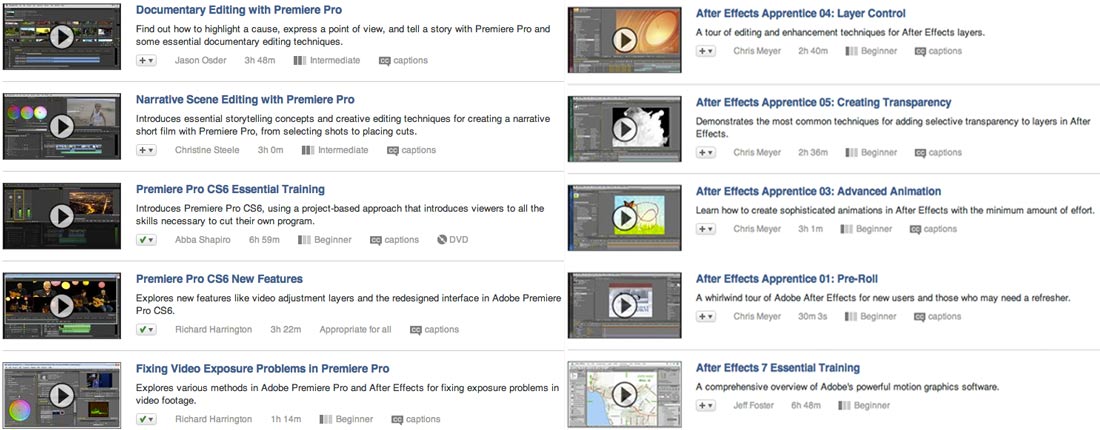Visualising sound is a key theme of this semester, one which we’ll explore with research into music and music notation, motion graphics, kinetic sculptures, animation, and many projection and light installations.
Example Videos:
As shown during week 1:
3Destruct by AntiVJ – vimeo clip.
Cityscape 2095 , Mécaniques Discursives +Mécaniques Discursives “Framed Series” by Legoman.
Kyle McDonald, Filling a room with reflected mirrorball light, (+ Light Leaks on Vimeo ).
Len Lye ( NZ ) – Free Radicals / A Colour Box / website.
Michel Gondry – Star Guitar / Making of / website.
And some other inspirations:
One by Michal Levy ( synaesthetic video ) ( and ‘videoboard / storyboard in motion’ )
“Partitura aims to create a new system for translating sound into visual forms. Inspired by the studies of artists such as Kandinsky, Paul Klee, Oscar Fischinger and Norman McLaren, the images generated by Partitura are based on a precise and coherent system of relationships between various types of geometries.” – Quayola
What can we learn from music?
Notations 21 … by Theresa Sauer and Mark Batty Publishers reveals how 165 composers and musicians around the world are experiencing, communicating and reconceiving music visually by reinventing notation. ( via Brainpickings ).
Pictures of Music : click ‘scores’ to see some flash images of example graphic scores.
“Composers such as Earle Brown and John Cage questioned the boundary between musical notation and visual art. Non-standardized notation opened space for new interpretation and communication between composer and performer. “ – Graphic Notation and Musical Graphics
The Visual Context of Music
Nathalie Miebach’s Sculptural storms:
“Recently, I have begun translating weather data collected in cities into musical scores, which are then translated into sculptures as well as being a source for collaboration with musicians. These pieces are not only devices that map meteorological conditions of a specific time and place, but are also functional musical scores to be played by musicians. While musicians have freedom to interpret, they are asked not to change the essential relationship of the notes to ensure that what is still heard is indeed the meteorological relationship of weather data.”
Music Animation Machine ‘Viewer’s Guide (PDF)’ to their DVD of music visualisations… ( and ipad app )
What can we learn from Visual Music?
What can we learn from Dance Choreography?
The Choreographer’s Toolbox
– shape / space / timing / dynamics + form + structure
Dance_notation
http://bibliodyssey.blogspot.com.au/2006/07/visual-context-of-music.html
What can we learn from Motion Graphics?
What is motion design? Motion Plus Design – have a nice 9 min video answer for this, and they are hoping to “found the world’s first Centre dedicated to the world of motion design”.
Key text: Motion Graphic Design, Applied History and Aesthetics, 2nd Edition By Jon Krasner
“To represent a dynamic study on a sheet of paper, we need graphic symbols of movement.”
Dziga Vertov, “We: The variant of the manifesto” (1920), in Kino-Eye: the writings of Dziga Vertov, ed. Annette
Michelson, trans. Kevin O’Brien (University of California Press, 1984), p.7.
A famous example of designing motion for the screen: Sergei Eisenstein’s sequence diagrams for his movies, Alexander Nevsky and Battleship Potemkin.
“Motion Graphic Scores use the ideas of Graphic Notation and reconfigure them regarding animation, time based media and the digital domain.” – Christian Fischer , What is a motion graphic score?.
Thinking about motion graphic design over time? See The Art of film titles (Esp. A Brief History of Title Design + their list of film title analysis examples )
Audiovisual Academy – well structured series of videos looking at history of moving image, optics and photography, visual software, video hardware and LED equipment etc.
Can we learn anything from Animated GIFS?
rrrrrrrroll : animated GIFS created by rotating a person or object around an axis.
Stellar: “ The models organic bodily expressions as they are frozen in time between the particles suggest their celestial creation. In addition, space and time is heightened by the use of three-dimensional animated gifs. Their movement serves as a visual metaphor to the spatial link we share with stars as well as their separateness through time.”
dvdp : Animated GIF motion graphic loops.
TUTORIAL RESOURCES:
Presumably most design students are skilled with Adobe Photoshop, but if you need to brush up, anything you learn about Photoshop layers / blend modes / masking / compositing etc will be helpful with the software we’ll be looking at this semester:
– Adobe Premiere (video editing)
– Adobe After Effects (composition, visual effects, animation, colour grading)
There are lots of Lynda courses available for both, from introductory to advanced levels, all broken down into small bite sized video clips, for easy learning at your own pace.
See also, free tutorials from Creative Cow ( Premiere / After Effects ) and Video Co-Pilot ( A great series of basic tutorials for After Effects ).
TASK: Set up a free account at Lynda.com ( via this *free* RMIT related link )

